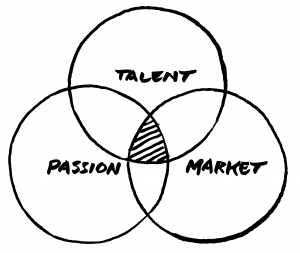What does David Lynch, Picasso and George Lucas have in common? Setting up guardrails for your creativity can have surprising benefits.
I put together a video explaining why, using examples from film and TV like Reservoir Dogs, Star Wars, Twin Peaks and my own graphic novel STILETTO.
Let me know what you think! Comment below or go to YouTube and do the same.
PS: I know a lot of people worldwide are hurting financially and in self-quarantine at the moment. So to offer some consolation, the premium Comics for Beginners course is available at a drastically reduced price until December 31st 2020. Follow this link to get lifetime access for only $25$5.

 I recognize the need for an artist to be more mindful of the business aspect. But I’m feeling a lot of resistance to the whole product/market lingo and finding it hard to implement in my own life.
I recognize the need for an artist to be more mindful of the business aspect. But I’m feeling a lot of resistance to the whole product/market lingo and finding it hard to implement in my own life. I’ve created this little Venn diagram (very marketing biz, right?) to illustrate the three overlapping elements of a creative career. Without the product (your art), nothing to sell. Without the audience, no one to sell to (And I’ve added the passion element, because it’s darn hard to produce art that you’re not passionate about).
I’ve created this little Venn diagram (very marketing biz, right?) to illustrate the three overlapping elements of a creative career. Without the product (your art), nothing to sell. Without the audience, no one to sell to (And I’ve added the passion element, because it’s darn hard to produce art that you’re not passionate about).